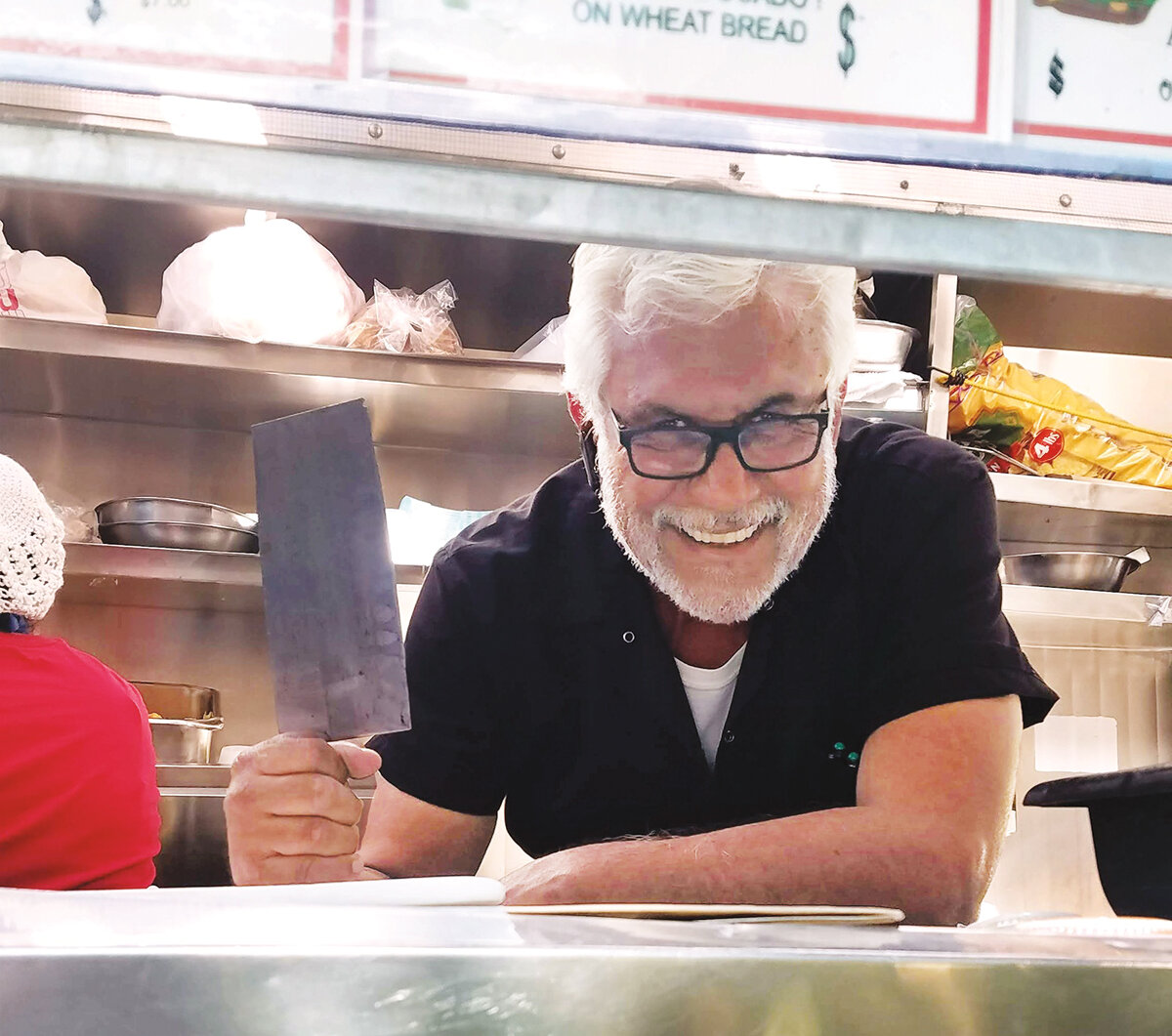Letters to the Editor
Accessible? Not to Everyone
On page 21 of the Fall 2020 issue (“Universal Truths”), your interview subject posits that the night sky is accessible to everyone if they just go outside and look up. While this is a nice sentiment, and we all wish it were true, it is not. Aside from the light pollution and air pollution that obscure the view (in smoggy California, even, as the alternate alma mater goes), the author or subject fail to remember that people with physical mobility issues may not be able to look “up” or even go outside without help. And there are those who cannot see anything visually. As someone who has studied journalism myself, I know the power of a good story. Unfortunately, in this case, the words are exclusionary. Even more unfortunate was the placement of this article directly after a great piece on diversity, which included disability when many don’t. We must all endeavor to do better.
Katie Stofer (BS ’98)
Renaming
The article about renaming in Caltech magazine ends with a quotation from the recommendations of the Committee on Naming and Recognition (CNR): “It sets a course for Caltech that both remembers where we came from as an institution and lays the groundwork for times to come.” It’s difficult to remember where Caltech came from if history is erased in the name of wokeism. Keep the names, but put up prominent disclaimers. For example, on Ruddock House, “He embraced eugenics, popular in his time, but we reject it now.”
Van Snyder
Adios, Ernie!
I am an engineer with the LIGO project. I saw your nice picture of Ernie in the recent issue of the magazine (“Adios, Ernie, and Thank You,” Spring 2021). I thought you might like to see a picture of him I took. I am an avid portrait sketcher and painter, and have been meaning to do a series on Ernie. My backlog is deep, and it takes energy to do, so I haven’t done this yet. Anyway, I hope you enjoy.
Rich Abbott
Spring Bouquets
I just wanted to comment: kudos to whoever designed the latest issue. Love it!
Renat Bekbolatov (BS ’04)
This magazine is the best piece of content Caltech puts out. It is immeasurably better than Caltech’s old content efforts and is way better than other modern newsletters, whether from nonprofits or for-profits. I am incredibly impressed by the design, content, imagery, and everything in between. Keep up the great work!
Zach Rivkin (BS ’14)
Love for the Lonely Planet
Congratulations on a great job with the Spring 2021 Caltech magazine. The design, graphics, and articles are some of the best I can recall. Special congrats on the Clavin and Hayashida “Story of a Lonely Planet.” Please have more of these pictographic stories! I can share them easily with my 11-year-old granddaughter—science in-depth for the younger generation!
John C. Waugh (BS ’71)
I wanted to congratulate Whitney Clavin and Lance Hayashida on the wonderful story and the awesome illustration of the “Story of a Lonely Planet.” Clavin’s storytelling method was brilliant. It turned something complex into something understandable and fathomable. Hayashida’s splendid illustrations brought the story to life.
Marisu Jimenez
Here’s an Idea
Would it work to build seabed-anchored hollow walls made of lightweight material like canvas or plastic, filled with water or air, and deploy them at sea on an endangered coast to blunt the impact of tsunamis? Even if some of the sections fail, it could drastically blunt the potential impact. High-danger zones could deploy pairs of walls to further reduce the danger. Gaps for navigation could be staggered and overlap. Construction could have minimal impact to sea life. It should cost much less than cement sea walls constructed at the shore and be much more aesthetic and friendly to the environment. With appropriate sensors, it might be possible to rapidly inflate or fill them on tsunami warnings, rather like airbags deployed when a crash is sensed, except that they would need to stay inflated or filled longer.
Dennis Bicker (BS ’77)


